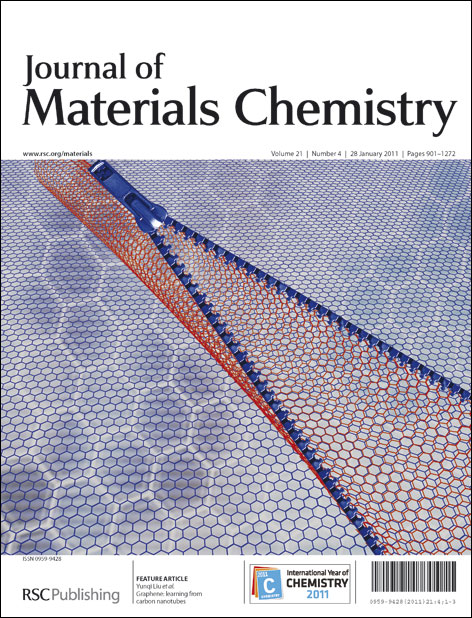Photoactivity of nano-structured calcium silicate–titanium dioxide composite materials
Abstract
Titanium dioxide TiO2 in the anatase form and nanosize crystals is well known for its photoactivity. The electron–hole pairs produced in the TiO2 as a result of irradiation by UV light (sunlight) have a sufficiently high redox potential to produce


 Please wait while we load your content...
Please wait while we load your content...